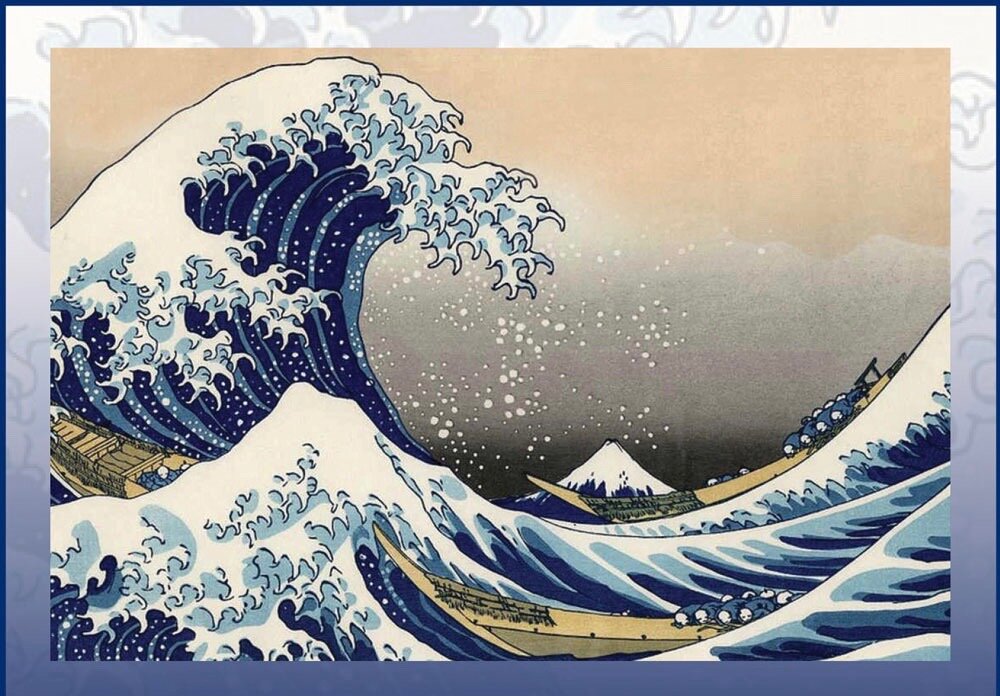After a period of travel, I found one of the books that grounded me was Bhikku Bodhi’s The Noble Eightfold Path: Way to the End of Suffering. I’d been reading it on-line and thinking it was just an on-line book. But after returning home, I began clearing out books, reorganizing and re-discovering in the process. I found that I already owned it in book form!
According to Wikipedia, "Bhikkhu Bodhi, born Jeffrey Block, is an American Theravada Buddhist monk, ordained in Sri Lanka and currently teaching in the New York and New Jersey area.” He is well-known as an author but also as an editor and translator of Buddhist teachings.
I want to take some time and space to share what Bhikku Bodhi says about mindfulness both as a practice and as the 7th path factor of the Noble Eightfold Path. I found this exposition illuminating and I think will help give a context for practice.
“The Buddha says that the Dhamma, the ultimate truth of things, is directly visible, timeless, calling out to be approached and seen. He says further that it is always available to us, and that the place it is to be realized is within oneself. The ultimate truth, the Dhamma, is not something mysterious and remote, but the truth of our own experience. It can be reached only by understanding our experience, by penetrating it right through to its foundations. This truth, in order to become liberating truth, has to be known directly. It is not enough merely to accept it on faith, to believe it on the authority of books or a teacher, or to think it out through deductions and inferences. It has to known by insight, grasped and absorbed by a kind of knowing which is also an immediate seeing.
“What brings the field of experience into focus and makes it accessible to insight is the mental faculty called in Pāli sati, usually translated as “mindfulness.” Mindfulness is presence of mind, attentiveness or awareness. Yet the kind of awareness involved in mindfulness differs profoundly from the kind of awareness at work in our usual mode of consciousness. All consciousness involves awareness in the sense of a knowing or experience of an object. But with the practice of mindfulness awareness is applied at a special pitch. The mind is deliberately kept at the level of bare attention, a detached observation of what is happening within us and around us in the present moment. In the practice of right mindfulness the mind is trained to remain in the present, open, quiet, and alert, contemplating the present event. All judgments and interpretations have to be suspended, or if they occur, just registered and dropped. The task is simply to note whatever comes up just as it is occurring, riding the changes of events in the way a surfer rides the waves on the sea. The whole process is a way of coming back into the present, of standing in the here and now without slipping away, without getting swept away by the tides of distracting thoughts.
“ It might be assumed that we are always aware of the present, but this is a mirage. Only seldom do we become aware of the present in the precise way required by the practice of mindfulness. In ordinary consciousness the mind begins a cognitive process with some impression given in the present, but it does not stay with it. Instead it uses the immediate impression as a springboard for building blocks of mental constructs which remove it from the sheer facticity of the datum (NB: Facticity! Great word!) The cognitive process is generally interpretative. The mind perceives its object free from conceptualization only briefly. Then, immediately after grasping the initial impression, it launches on a course of ideation by which it seeks to interpret the object to itself, to make it intelligible in terms of its own categories and assumptions. To bring this about the mind posits concepts, joins the concepts into constructs - sets of mutually corroborative concepts - then weaves the construct together into complex interpretative schemes. In the end the original direct experience has been overrun by ideation and the presented object appears only dimly through dense layers of ideas and views, like the moon through a layer of clouds.
“The Buddha calls this process of mental construction papañca, “elaboration,” “embellishment,” or “conceptual proliferation.” The elaborations block out the presentational immediacy of phenomena; they let us know the object only “at a distance,” not as it really is. But the elaborations do not only screen cognition; they also serve as a basis for projections. The deluded mind, cloaked in ignorance, projects its own internal constructs outwardly, ascribing them to the object as if they really belonged to it. As a result, what we know as the final object of cognition, what we use as the basis for our values, plans, and actions, is a patchwork product, not the original article. To be sure, the product is not wholly illusion, not sheer fantasy. It takes what is given in immediate experience as its groundwork and raw material, but along with this it includes something else: the embellishments fabricated by the mind.” There’s more but I’ll save it for next time.
It is thought that what occurs in our minds is only about 92% based on our experience of the outside world. Whether the percentage is correct, it’s clear that a great deal is add-ons, made up, scotched-taped on proliferations of our minds reflecting what we want, what we don’t want, and otherwise how we are deluded.
So this mindfulness becomes a critically important practice in beginning to ground our own minds in the truth of the way things are, to see clearly.

